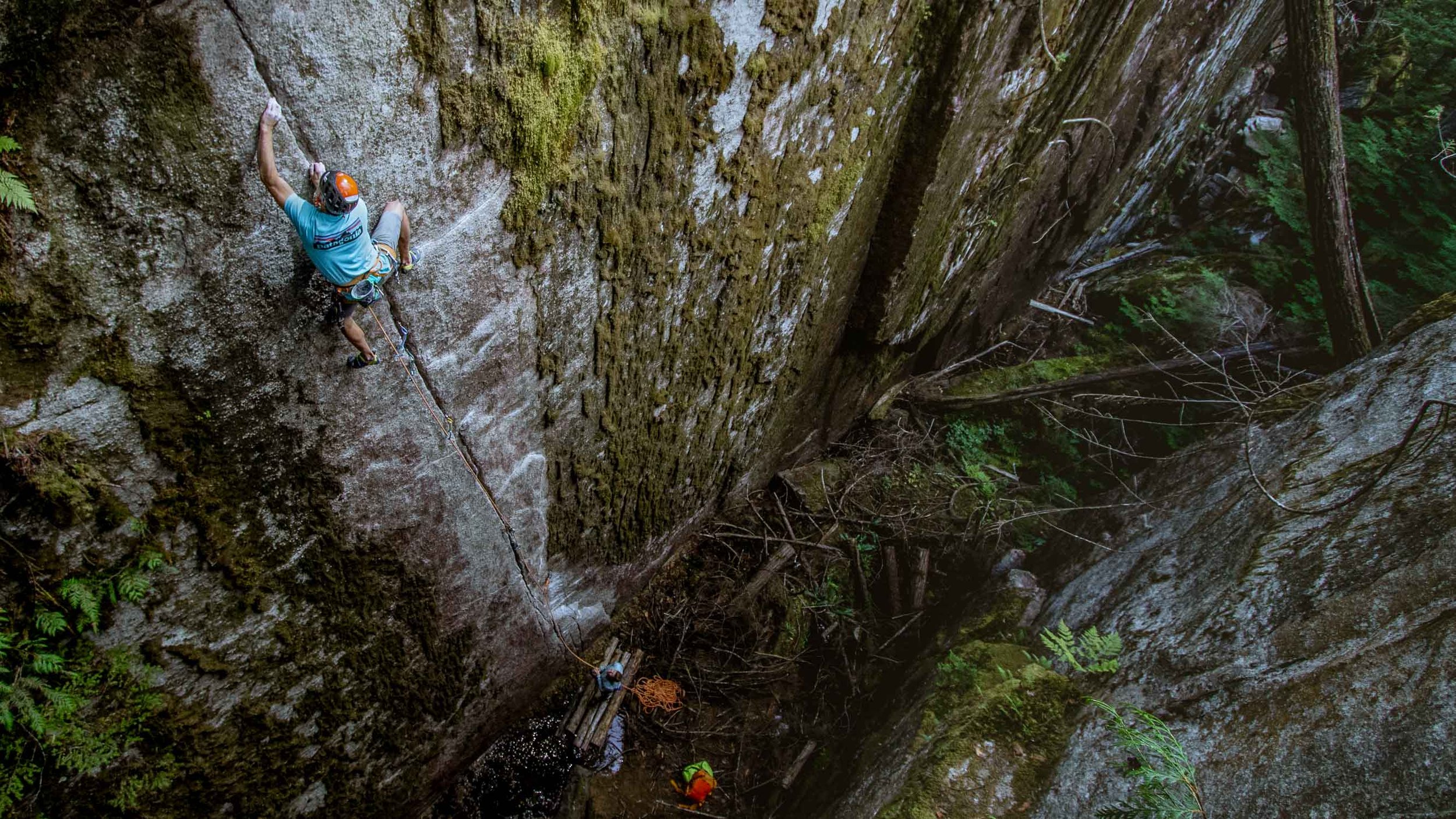Line / Gesture

Winner for Arc’teryx Mountain Culture Photo Competition 2021
My choice to use the image of the Salish Welcome Figure is to honour process;
In a conversation with Xwalacktun he mentioned to me that each piece of wood he works with already knows its shape and his role is to interpret this, to listen to what it has to say.
—
In a conversation with Lan Yao, the painter who is featured.
Her early years in Beijing were rigid and controlled. School children would march home after school along hard lines emanating outward from the school to their respective neighbourhoods. Stepping in unison down concrete streets, Lan recalls passing small squares of green grass guarded by signs saying, “Stay off! You will be fined.” When Lan was first introduced to Chinese watercolour it was also a new way of moving; it is an artform where the actual physical movement of the arm is expressed in the work. “The feeling of the line is part of the painting.”
—
In my own experience, one of moving in the mountains; finding flow in lines of stone, the gestures of the earth. It’s much the same as appreciating Lans paintings, letting the eye wander, abandoning yourself to the line. But as Xwalacktun pointed out, vision is only surface deep—to appreciate the movement, we must also learn to listen.
—
As described on slcc.ca:
“Placed next to the Peak to Peak Gondola on Whistler Mountain, the Salish Welcome Figure welcomes you to the shared territory of the Sk̲wxwú7mesh Úxwumixw (Squamish Nation) and the Líl̓wat7ul (Lil’wat Nation).
In 2010, the Whistler Blackcomb Foundation presented the yellow cedar tree (harvested from the base of Whistler Mountain) used to make the Welcome Figure to the Squamish Lil’wat Cultural Centre and commissioned Xwalacktun (Xwalacktun (Rick Harry) and his son James who are both from the Squamish Nation) to carve the figure. It is a part of the Cultural Journey, a project used to highlight the beauty and history of the landscape found in the Sea to Sky Corridor and to represent the Squamish and Lil’wat Nations in our territory.
“(It’s) a marker of friendship; a marker of relationship building,” said Squamish Nation Chief Gibby Jacob in 2010.
A traditional carving style of the Squamish Nation, a carved figure of a Man with his arms raised is used to welcome friends and loved ones into their territory. The handprints around the pole are of those that assisted with the carving, a symbol that we’re all connected. The Whistling Marmot represents Whistler Mountain, the mountain was named after the marmot that can be found and heard through the summer time. The frog is a tribute to the Lil’wat Nation; it’s a symbol of transition because of its ability to live in the water and on land.”
- Huy Chop a / Thank you all -